Sennheiser HD 620S - Does It Deserve A Spot In The 6 Series?
Any headphone laying claim to a spot within Sennheiser's hallowed 6 series needs to have the chops to back it up, and therein lies the question: Is the HD 620S actually good enough to be *the* 6 series closed back, or has the HD 620S been placed in a series it neither lives up to nor competes with? Let's talk about it.
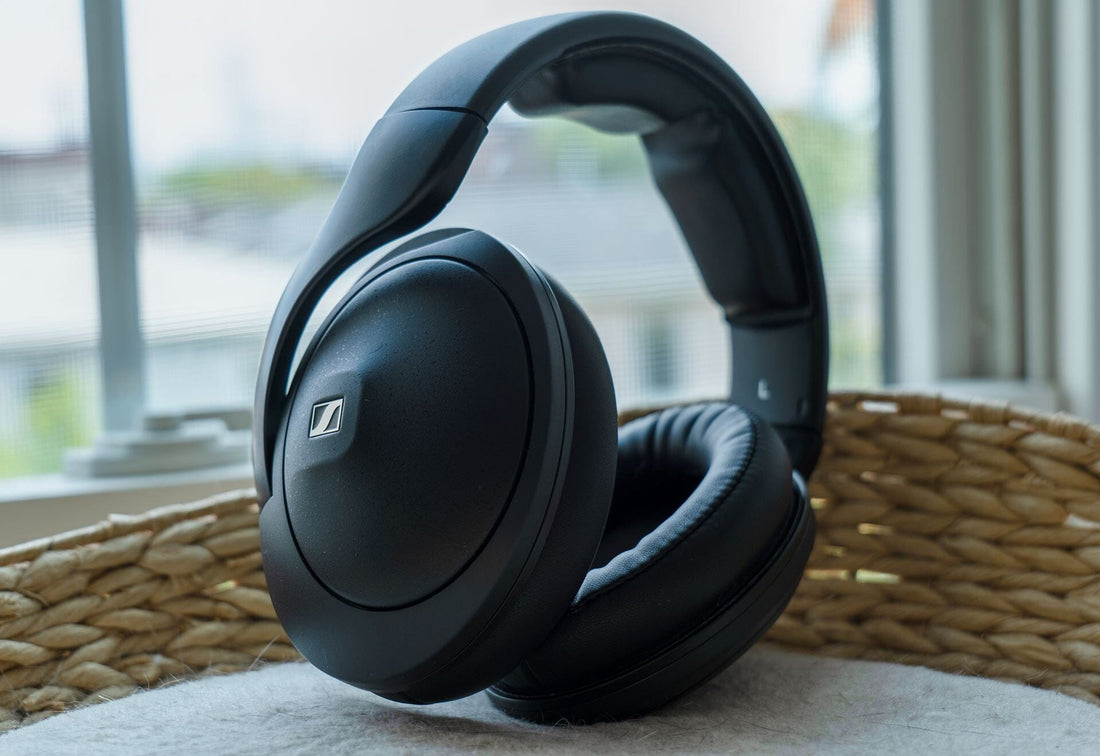
Even if it feels like a long time coming, Sennheiser’s HD 620S came around at a bit of a unique and unexpected time. As we’ve seen with their HD 490 Pro, the “pro audio” division—separated from the consumer lineup in 2022 as part of the Sonova acquisition—has been hard at work bringing a brand new chassis, tuning, and accessories package to the lineup of offerings Sennheiser has in that space.
Clearly Sennheiser’s consumer division was keeping busy as well, because in the very same year we’ve received the HD 620S—the first closed-back headphone to have a place in the 6 series lineup since the infamous HD 630VB.
Any time Sennheiser releases a new 6-series headphone, the audiophile community takes notice and the widespread scrutiny begins almost immediately. I’d say this is rightfully so, given the 6 series is arguably the single most beloved lineup of headphones in this space. Any headphone laying claim to a spot within it absolutely needs to have the chops to back it up, and therein lies the question:
Is the HD 620S actually good enough to be the 6 series closed back? Does Sennheiser’s newest entry into their consumer lineup compete well at its price relative to its competitors or its sister headphones in the 6 series? Let’s talk about it.
What we like
- Reasonable overall tuning; not too tilted in any one direction
- Slightly warmer mids are welcome on a closed back
- Looks professional, wouldn’t be out of place in an office or studio
What we don’t like
Sennheiser HD 620S Headphones
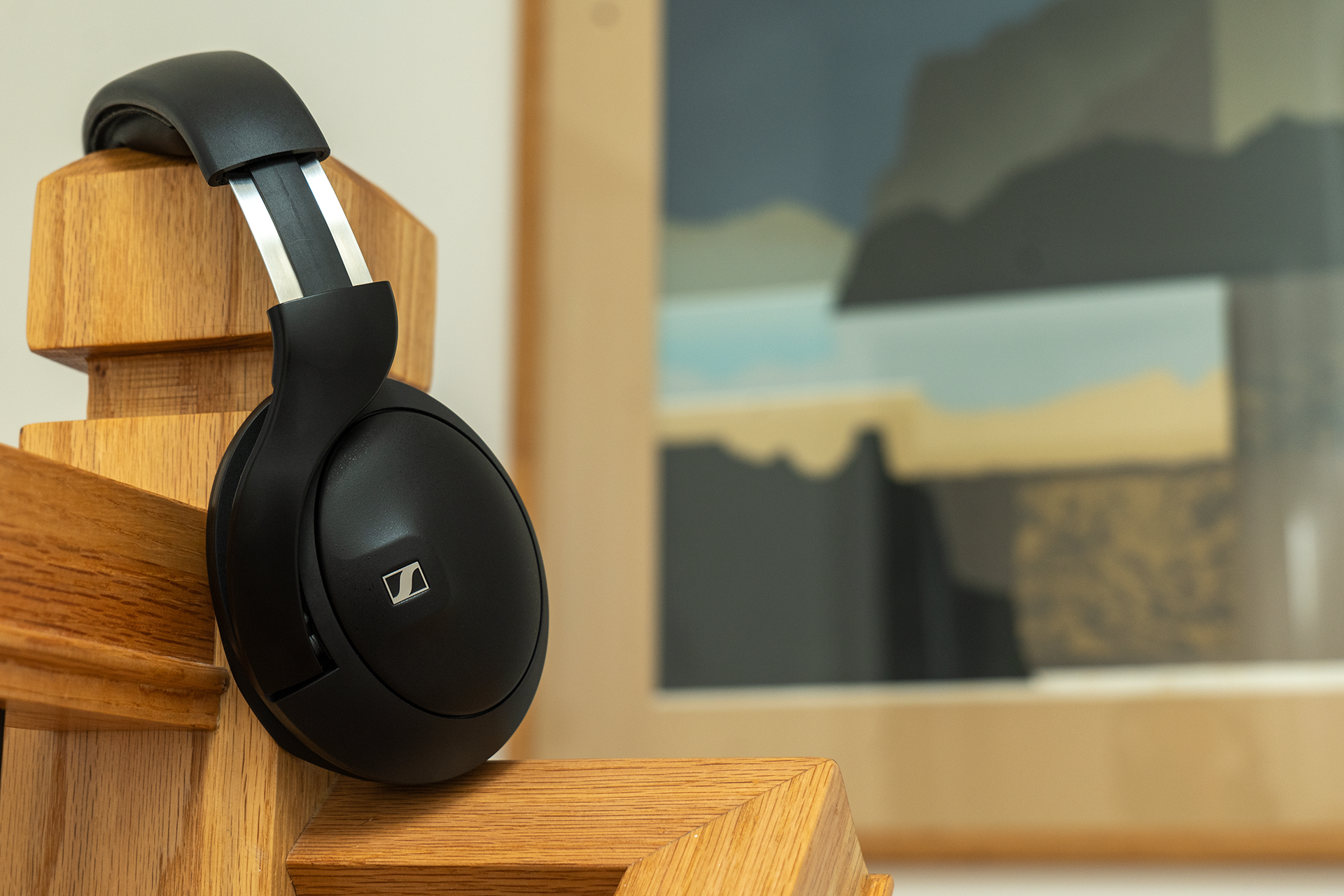
Build, Design, and Comfort
In terms of positives here, they’re limited to build quality—where I think we know by now that Sennheiser does a unilaterally great job—and aesthetics. The latter is where I actually quite like this headphone.
It has a quiet, monochrome colorway with minimal clutter, and when worn on the head neither the headband nor the earcups protrude significantly. I think these factors may make the HD 620S a bit of a chameleon in terms of where it could be used. I could see a ton of people buying this headphone for studio use or for wearing in the office, whereas a lot of people might be turned away by a headphone with very similar aesthetics—like HD 569—for similar uses. While I like the look and build here, ultimately I think Sennheiser’s decision to use the 5-series chassis as the basis for this design seems entirely like it was a cost-saving measure. In doing this, Sennheiser was able to quickly get their idea off the ground, into a chassis, and start iterating on the acoustic design as soon as possible. Unfortunately I think this approach really came back to bite them, because the HD 620S—regardless of sound—absolutely feels and wears like it belongs in the 5 series.
That being said, there are a few things that set HD 620S apart from the 5 series. Special attention was clearly given to the earpad and headband padding, as both components are composed of a thicker, plusher foam than you typically get on the other 5 series designs. This is appreciated, as the 5 series headband padding in particular was always insufficient for the top of my head.
However, a few of the design choices for this headphone come pretty damn close to ruining it for me. In particular, the 5 series headband is a design element that Sennheiser should abstain from implementing in future designs. The single-sided yoke structure attaching the ear cup to the headband isn’t made to properly angle to the side of the head; the top of the ear cup can’t be pushed back enough to allow the bottom of the cup to tilt closer to the face and seal where the ear meets the jaw. This results in bass loss when measured on a human head, shown below in red vs a measurement on the GRAS 43AG-7 in purple. It also results in feeling a lack of seal that can feel pretty annoying, especially when the seal is not equally broken on both sides.
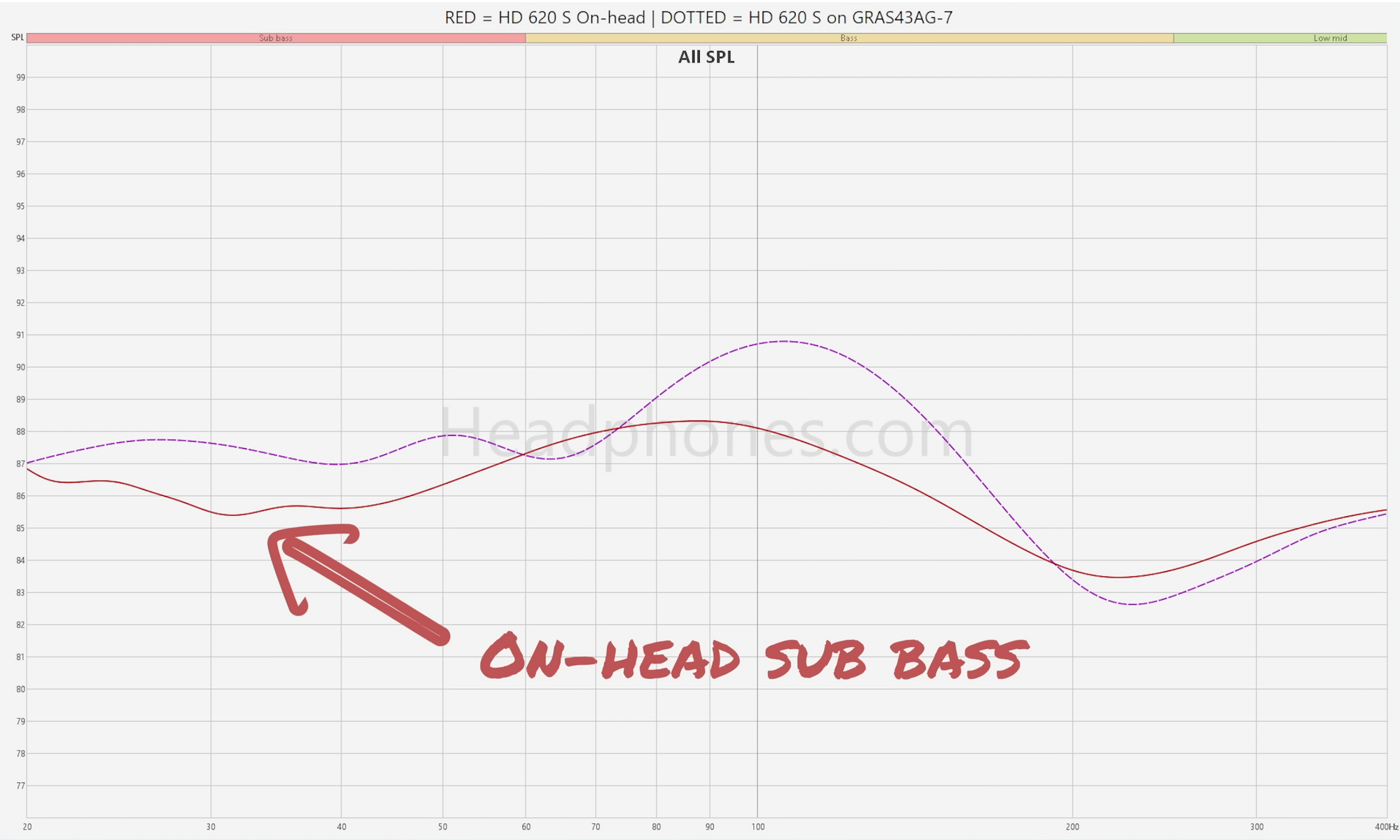
Additionally, this headband’s yoke structure also necessitates the oft-maligned “5 series chunk” in the rear of the ear cup that almost always touches my ear in designs that use this housing. One of the absolute basics of headphone comfort that I wish manufacturers cared more about is that things touching the ear don't feel good. I assumed this was widely known enough that Sennheiser wouldn’t choose to push this design in their newest 6 series offering… Yet here it is.
There are other complaints that I’m less fussed about, like the somewhat strong clamp ultimately being right in line with the other 5 and 6 series offerings. This is something I’m sure will turn some people away, but I tend to be pretty forgiving of clampy headphones due to my head being slightly on the smaller side. The last qualm I have is with the headband length adjusters. I was excited when I saw them because I got the sense it was similar to the same system on the HD 490 Pro, which had one of the most satisfying headband “click” extensions I’ve used, but alas, the HD 620S’s headband extenders keep the 5 series’ lack of decisive click for height adjustment too. Overall the build, design, and comfort aren’t egregiously bad, but for the price I really don’t think it’s much different than the 5 series, and the user experience generally has the same balance of upsides and downsides.
Frequency Response and Tonality
Bass
The bass presentation of HD 620S is seemingly more focused on providing a sense of warmth than accentuating a sense of note weight or punch. This is fine, but generally in a closed back headphone I want the headphone to take full advantage of the sealed environment and to present bass with a little more oomph than I’d typically get with an open back headphone. That’s not really the case here.
I do get a bit more extension than an open headphone, which is welcome for the representation of bass instruments like plucked bass guitar or kick drums, but listeners are likely to get significantly more mid-bass than sub-bass. The effect of this mid-bass bias is most obvious on the lowest notes of a bass guitar (sitting around 40-60 Hz), where I hear the notes as being slightly cuppy and hollowed instead of powerful and “extended” feeling.
Kick drums on the other hand tend to sound fine with this mid-bass emphasis, if a little bit rotund. There’s a mild sense of extra decay and bloom to kick drums and low-tuned toms, as well as most other instruments that have content in the bass region, but it’s rarely overpowering. Unfortunately it’s also rarely impactful in the way I enjoy.
While nothing’s really done terribly in the bass here, I don’t think this is a headphone I’d recommend to someone who wants a really enjoyable presentation for bass in particular. It’s got a slight ever-present warmth to it, but that’s about all of the credit I can give it as otherwise there’s not really much of note here.
Midrange
The midrange was the first surprising part of this headphone. I didn’t find it quite as weird as it looks in measurements, though there was one obvious quirk that reared its head pretty quickly—and that’s the 400-800 Hz elevation. There are other quirks that became apparent with continued testing, but first let’s talk about this one:
I actually think this elevation was a decent compromise for one of the major issues in closed back headphones, despite some listeners finding it a bit strange sounding. Closed back headphones tend to have a dip in the low mids—and the HD 620S is no different in this regard—but this slight center-midrange elevation actually makes this dip a bit less noticeable and adds some fullness to the presentation that is actually kind of unique for this kind of design.

This elevation does have some drawbacks though, particularly on midrange instruments where fundamentals sit around 200 Hz (think female vocals, snare drums, guitars, and piano). On any of these instruments, fundamentals get scooped a little bit and the first few harmonics get pushed forward, causing these elements to sound boxy, thinned, and a bit small. This isn’t a massive deal breaker for me, as the rest of the midrange is thankfully warm enough to not make this midrange entirely biased towards overtones.
Speaking of which, another thing I quite like about this headphone is the approach to upper midrange tuning. HD 620S has a slightly late rise to its ear gain such that the 1-2 kHz area is scooped a bit, which like the center-midrange elevation tilts the entire response slightly towards warmth and softness and makes the presentation non-fatiguing and easy to listen to. While I think this is one area I’d change slightly given the chance, I think in its current form it makes HD 620S a lot more palatable than a lot of other dynamic driver closed backs, especially those from Focal or Beyerdynamic which tend to be a bit too intense in the midrange for me.
Above that, the ear gain peaks at an appropriate spot for me, right around 2.8 kHz, and has an elevation that’s neither too forward or too recessed. It rolls off after 3 kHz or so and transitions into the treble with a relaxed glide such that I’ve really nothing to complain about here. The intelligibility cues housed by this region are all right where they should be.
The best way I can describe the HD 620S’s midrange is that, from a zoomed out perspective, its compromises balance each other well, and there’s no overt sense of tilt towards shout that we’d typically find in a closed back. Many designs like this are an outright V shape with their midrange tilted too much towards overtones, but HD 620S thankfully does not fit this description..
This tuning certainly isn’t perfect, but I’ll leave my other criticisms of the midrange for the Subjective section, as that’s where I think most of my issues with the midrange arise.
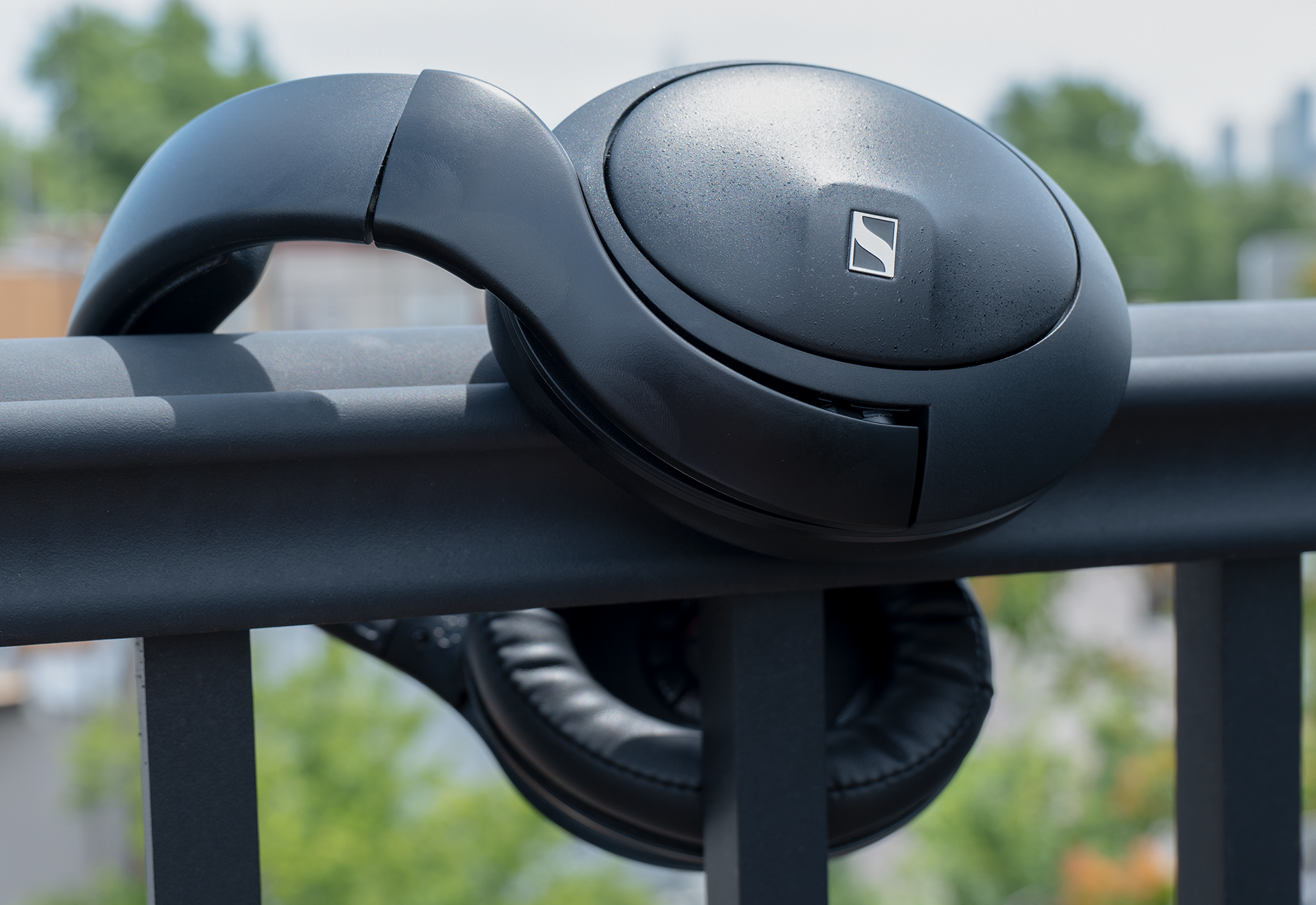
Treble
The treble for HD 620S isn’t a great fit for me, which is probably a running theme with my reviews at this point. I have to say though, I respect what Sennheiser’s done here despite it not working for me. I get the sense this is probably Sennheiser’s least damped closed back headphone period, yet the treble isn’t nearly as bad as I’d have thought: generally with minimal damping, I’d expect the treble tuning to be much worse in a closed back.
Minimal damping—constraining how much damping material is placed in the earcups—isn’t something I’d ever advise doing just for the sake of it, as it’s definitely not the kind of thing that will make a design good or bad on its own. It’s a situational choice with upsides and downsides that need to be balanced with the other constraints to meet the goals of the product, but I gotta say this was a choice that I wasn’t really expecting from Sennheiser.
The effect of this is that there are a good few narrow band resonances in the treble region that ultimately made this headphone a bit harder to EQ than something like the HD 569, while overall the treble is just a bit too sizzly and glassy for me on most things. However, it’s very clear when I compare it to other headphones in or above its price class that HD 620S is still firmly on the reasonable side when it comes to overall magnitude of the treble region.
Vocals aren’t insanely lispy or sibilant like some of the options we’ll talk about later, instead they just have a minor sheen and breathiness to them that weirdly reminds me a bit of IEMs like the Moondrop Variations. It’s elevated, but doesn’t come across as unevenly so. Snare drums are a bit on the rattly side, but not terribly hashy or papery like lesser closed back headphones are. Hi-hats are a bit biased towards sloshiness in the upper treble, but again rarely annoyingly so.
In general, the treble is tilted a bit towards air instead of lower or mid-treble. While that’s not generally what I’d go for in a headphone, it’s a reasonable choice that will likely be well-received by people who aren’t super treble-sensitive like me. Importantly, the treble response of the HD 620S doesn’t really tilt the response of the overall headphone itself to be “bright” either, so as much as I’d definitely want to EQ this headphone, it’s still fairly well-balanced tonally across the board.
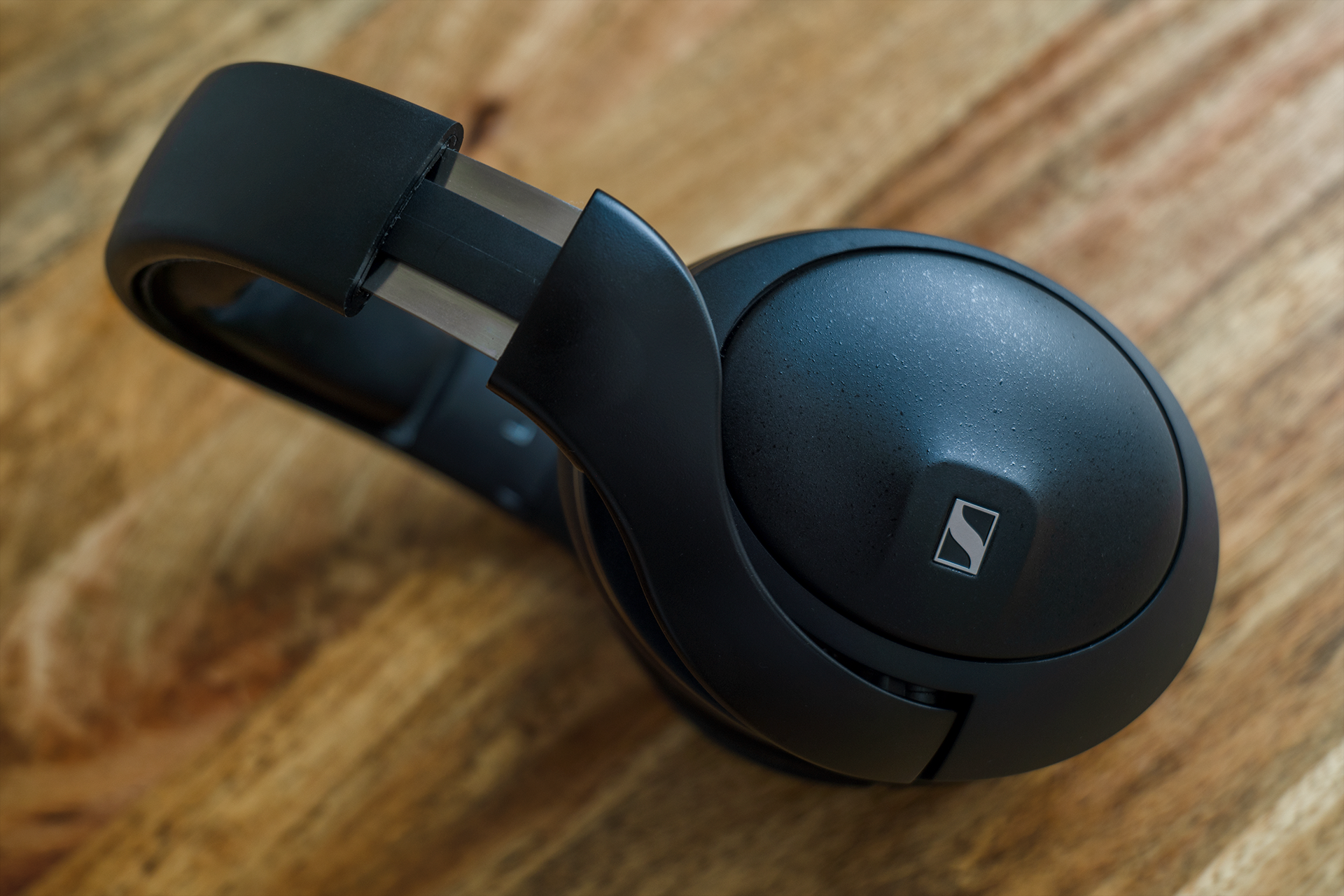
Subjective Impressions
Before I start, I want to be clear: the following is purely my subjective unpacking of what’s going on with this headphone on my head, and a given reader disagreeing with what is said here is not just likely, but a certainty.
This is where HD 620S starts to falter pretty hard. For all of the benefits we get from the “reasonableness” of tuning across the board, I personally doubt many listeners will hear HD 620S as an outstanding headphone for its subjective performance. Primarily, the sense of dynamic contrast and punch on this headphone is among the poorer options I’ve tried, regardless of price. I think the idea that the 100-150 Hz area adds a sense of dynamic punch is basically disproven entirely by this headphone, if anything I think the slight scoop in the 1-2 kHz region is likely responsible in large part for the sense of dynamics being completely absent here.
Kick drums, snare drums, piano hits, horn blares, and bass plucks may sound tonally accurate in a broad strokes sense, but it’s also pretty apparent that intensity and texture of transient attack is something this headphone just wasn’t really tuned to do. This isn’t necessarily a death sentence for this headphone, as plenty of people don’t care about dynamics and just want something with a tonal profile that isn’t completely wacky. However, there’s enough of a deficit in dynamics here that I am pretty unexcited by the prospect of using this headphone.
On the positive side, the sense of spaciousness here is… adequate. Maybe even good. I confess I grow more and more skeptical of this sensation mattering at all compared to basically any other quality of the headphone, but I did take note of HD 620S sounding a bit less claustrophobic than the other closed back headphones we’ll talk about later.
Maybe this is due to the 1-2 kHz scoop too, as this same region is what I gathered was responsible for transients not sounding intense enough. Maybe it’s the minimal damping compared to other options. Hard to say, but this aspect is a welcome change for a more relaxed listen. Is it like an open headphone? Absolutely not. The feeling of instrument separation here is lacking a bit, and the edges around instruments seem a bit “fuzzy,” but it’s still among the less cramped sounding options in the closed back space.
Lastly, the sense of “detail” here isn’t anything special for its price on my head, but I will note that this is among the brighter headphones that I’ve been able to listen to without wincing due to how “smooth” I perceive the treble to be. This means I do get a little extra treble compared to other headphones I choose to listen to without EQ, and thus things like breaths, guitar string scratches, snare ghost notes, and background synth elements are more apparent. Artificially so, but nevertheless, more apparent.
Overall I’m not particularly impressed with this headphone’s subjective aspects, which is a shame because I think the HD 600 and 650 are leaders in their price class for things like image separation and “detail.” With HD 620S I mostly just get the sense that Sennheiser was going for a reserved type of listen that’s mostly meant to present the music without any annoyances, instead of aiming for presenting something vivacious and exciting.
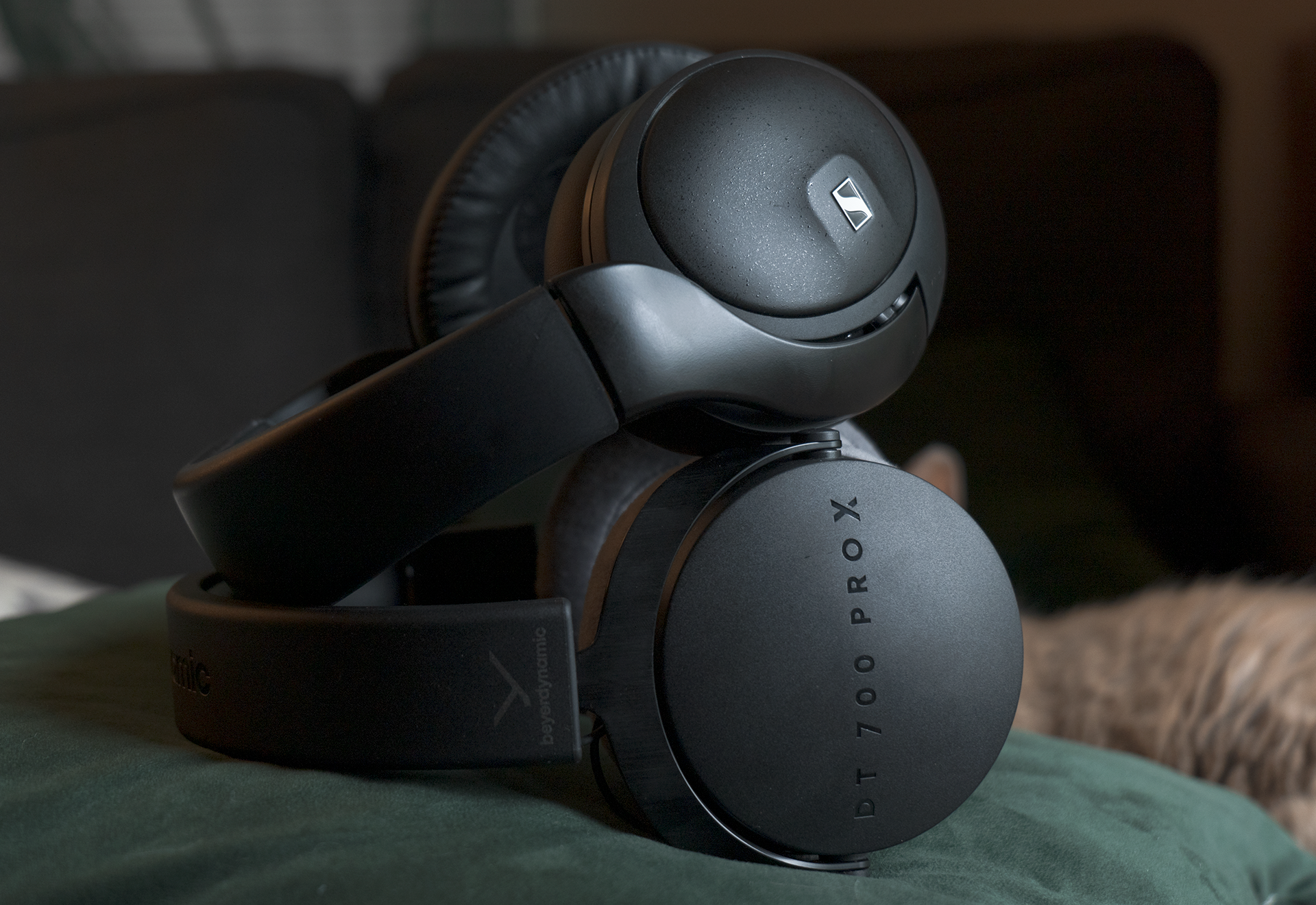
Comparisons
Sennheiser HD 620S vs. Beyerdynamic DT 700 Pro X
I think the only thing I’d prefer about the Beyerdynamic here is the comfort. The earpads are incredibly thick and wrapped with a soft velour that feels amazing on the sides of the head, despite being a bit too small and not ear-shaped. The DT 700 Pro X also doesn’t have the cup articulation issue the 620S has and thus couples completely to the area underneath my ear where it meets my jaw. It might be a bit heavier, and the headband might have a bit less padding than the 620S, but all-in-all the Beyerdynamic takes the win in comfort over HD 620S.
However, the HD 620S wins… everywhere else. For all of its softness, one complaint I didn’t have with the HD 620S was the bass feeling extremely detached from the midrange, but that’s a big complaint I have with the DT 700 Pro X. I think it has to do with the lower midrange scoop that bridges the bass shelf to a midrange that is essentially raw Diffuse Field making these regions contrast each other too much.
And to that point, the midrange of the HD 620S is much more to my preference. I don’t know if there’s any science to back this up beyond the tuning, but I generally feel closed back headphones are more fatiguing, thus the warmer midrange of the 620S is a welcome measure to help guard against the sound being shouty or glary for me.
That being said, I wouldn’t say the Beyer is shouty or glary per se, moreso that it’s a bit “cold” and thin in a way that isn’t appealing for me and aids in tilting the response overall towards a brighter overall signature.
Speaking of which, it’s a Beyerdynamic headphone, so of course it has ridiculous amounts of treble that I have very little reason to give a pass to. While it’s not quite as bad as the DT 770 or 990, the reason it’s not as bad is because they placed an incredibly thick piece of damping material directly in front of the driver… and it still doesn’t cut enough treble to make it sound normal or even usable for me. EQ is absolutely necessary with this headphone.
Overall, I could see the DT 700 Pro X being a better move as an office or gaming headphone for someone who just likes the earpads, but if someone cares at all about the sound quality for music, they should get an HD 620S instead. It’s just a better sounding headphone in every possible way.
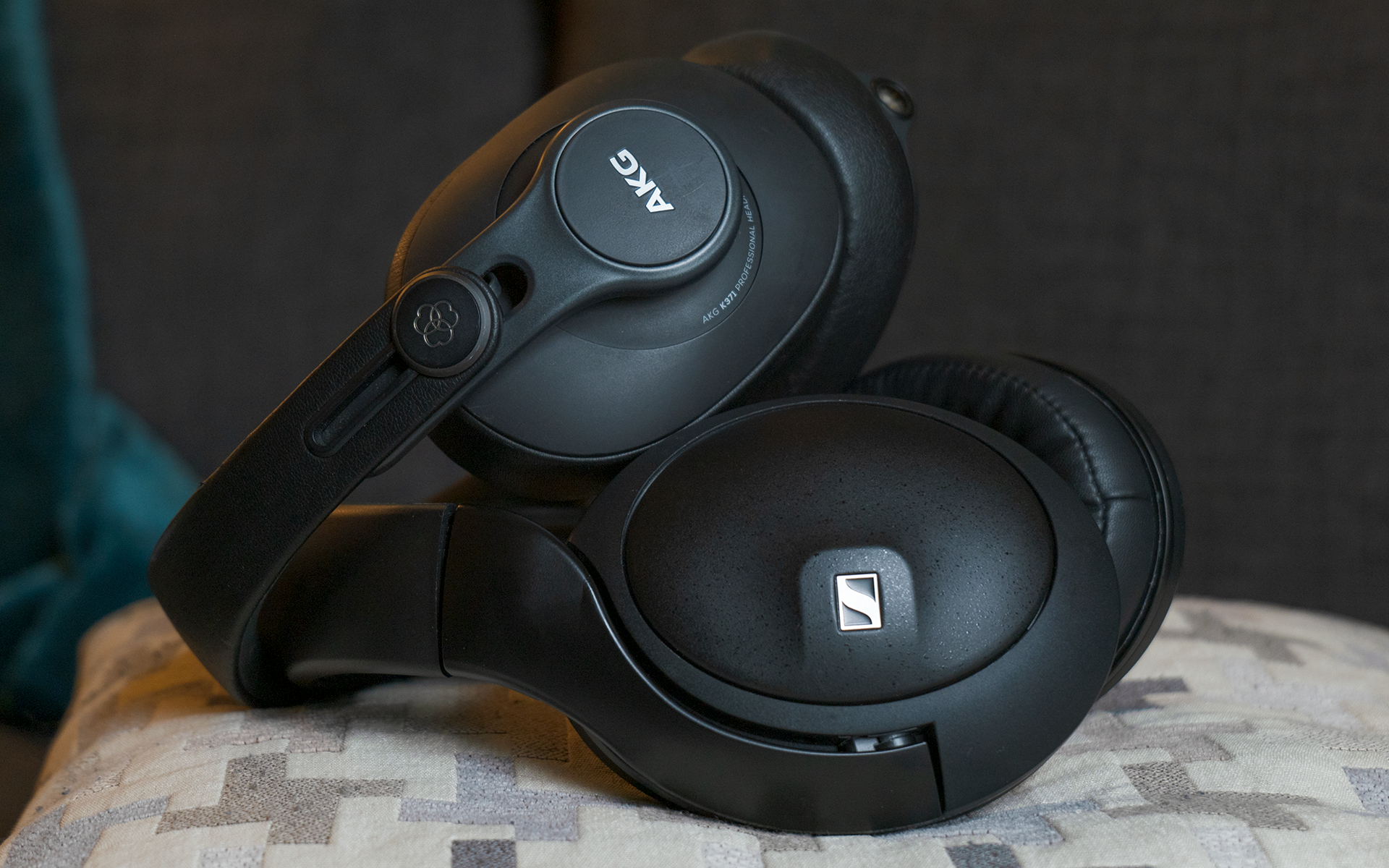
Sennheiser HD 620S vs. AKG K371
In terms of build, design, and comfort, K371 is extremely poor. The pads are thin and crush so easily that my ears touch the baffle immediately upon putting them on my head. The headband has basically no padding and has such little surface area that a hotspot is not a question of if, but when (and the answer is usually “within 15 minutes”).
The joints used to extend and retract the ear cups are flimsy, wearing down to lose their click within 3 months with consistent use. They are incredibly inconsistent between heads because of how the headband is designed to clamp and the compliance of the pads. They’re also ugly, and known for breaking rather quickly.
It might sound like I have a bone to pick with K371, and maybe I do. As something that could be truly incredible due to its tuning and low price, it is a huge bummer that I can basically never recommend them to people because of how bad the build, design, and comfort are. HD 620S might get hot sometimes, might have a bit more clamp, and might not couple perfectly to my head, but in this case its competition has the constitution of wet newspaper and has no bass on my head, so HD 620S sweeps by default.
If I were to compare an ideally-coupled K371 to an ideally-coupled HD 620S, I actually think I’d prefer the bass and midrange of the K371 to the HD 620S. The K371 has a warmer midrange and has practically no lower midrange dip to speak of, such that I find in this contrived circumstance—pushing the headphone lightly against my head to ensure bass extension—the K371 is one of the better tunings out there at any price… but it’s unfortunately nowhere near guaranteed that people will actually get that response on their head.
Coupling aside, I actually prefer the treble of the HD 620S. It’s more evenly-distributed throughout the entirety of the treble instead of mostly mid-treble like K371, and I get more of a sense of “airy openness” as a result from the former, whereas the latter always sounded rather plasticky and incoherent for me.
The K371 is often seen as “the closed back to beat” but I think we need to remember that the measurement we see on one graph doesn’t tell the whole story. The measurement above is an idealized measurement that shows how K371 would respond with an absolutely perfect seal against a perfectly flat cheek (instead of a human-like head). As you can see below, the performance under 500 Hz varies dramatically depending not only on the amount of leak (as both measurements are sealed well), but also potentially the clamp force and pad compression of the headphone resulting from different head sizes/shapes.
Overall, I think people really need to consider the fact that K371 isn’t nearly as safe a recommendation as idealized measurements would imply, and that the market for closed back headphones is more of a contest than people may think. HD 620S might not look as pretty on a graph, but if I had to actually choose one to use, HD 620S would win every time. It’s more comfortable for me, better feeling in my hands, and has smoother treble on my head. And I think that might be true for a lot of others too.
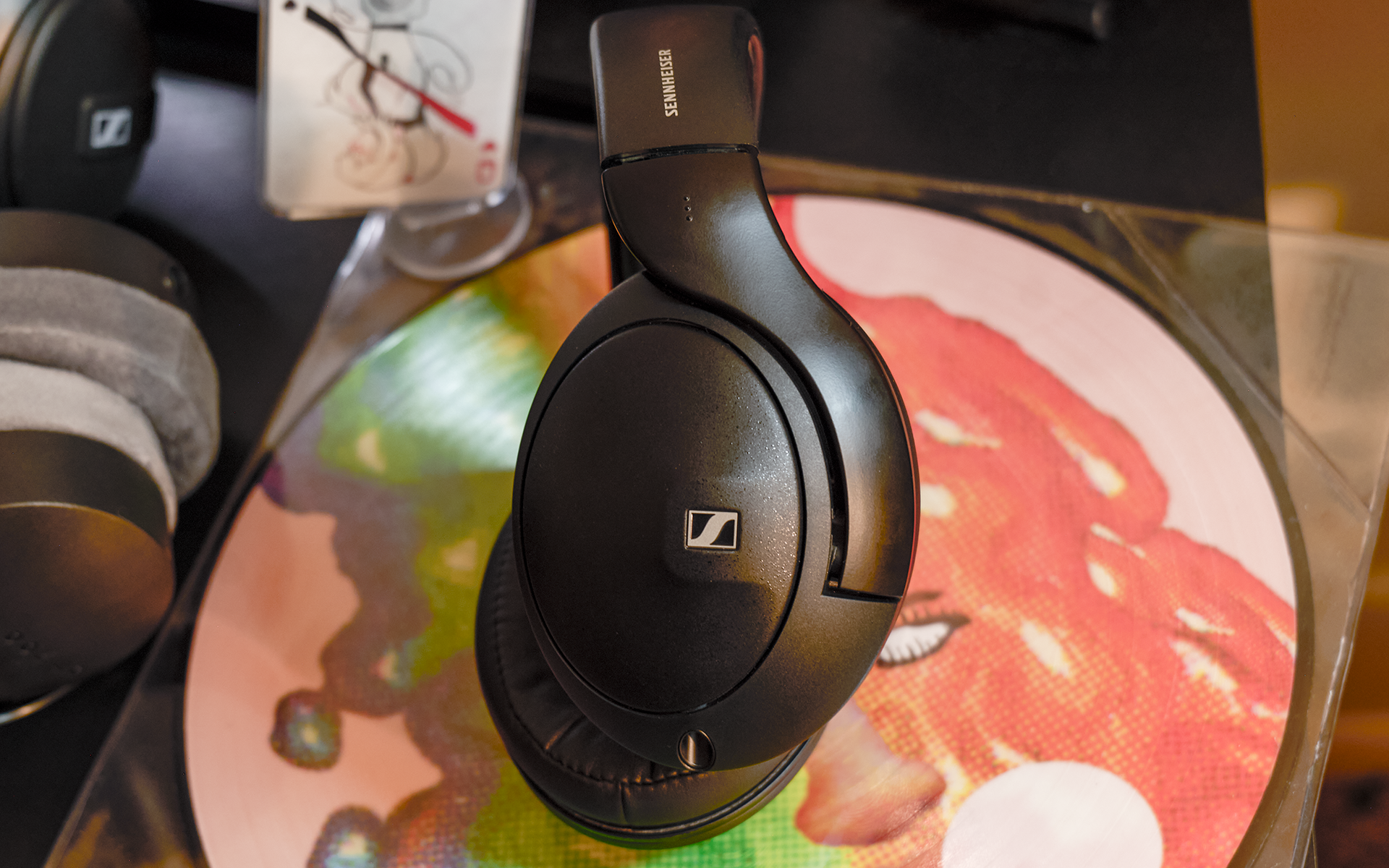
Sennheiser HD 620S vs. Sennheiser HD 569
I praised the HD 569 for being one of the few dark headphones out there, one that’s available at a reasonable price that makes its middling comfort and not-especially-engaging sound profile an easy pill to swallow. The HD 620S has a lot in common with the HD 569, but has a few important differences that people should know about.
The HD 620S’s comfort is closer to HD 569 than I’d like, but its thicker head padding still makes it a comfort upgrade. In terms of build, I think the HD 620S feels a fair bit more premium in the hand too. It also looks much less austere and “old school” than HD 569, which is definitely a bonus for those of us who wouldn’t have been caught dead wearing the latter in public.
The sound is… more of a tossup. I don’t think I have a preference between the two for bass, as neither couple especially well to my head and thus I think they likely measure a bit more similarly down there than my measurements would imply. For the midrange I actually prefer the HD 620S, as the overall warmer tilt through the mids makes for a slightly less grating listen on some of my more aggressive punk or rock music.
The treble is where this gets tricky. I think above 5 kHz I’d give the win to the HD 569, because it’s a bit more dark in the areas I’m sensitive to. But below that, there’s a critical difference that makes the 569 not as clear a winner as I thought it might be.
In testing with EQ, I’ve found that the primary resonance of my HRTF is likely rather close to the population average DF HRTF from ISO 11904:1, which peaks around 2.8 kHz. When headphones have ear gain shifted higher in frequency than this, things tend to get scrapey, shouty, and clenched sounding real quick, and this definitely happens with HD 569 on my head… and importantly, it doesn’t happen with HD 620S.
Overall, I think if I had to choose one of them, I’d probably end up getting another HD 569 unit to see if my unit is truly shoutier than the rest per my measurements… but if I were recommending one to other people, the HD 620S is probably the better headphone. Color me surprised.
Other Opinions
If you’d like another perspective on the HD 620S, check out the joint review that DMS and Resolve did for our YouTube channel!
EQ
I had moderate success with EQing this headphone, though the narrow band treble resonances definitely took a while to balance with broad strokes EQ. In any case, I’m not sure sharing my EQ profile does much good here, because I will likely be cutting more treble than most people. For that reason, I’m electing to share the same preset I shared in the EQ thread on our forum, where I make presets upon request using measurements from multiple heads to better account for HpTF variation.
Preamp: -2.5 dB
Filter 1: ON LSC Fc 82 Hz Gain 3.2 dB Q 1.400
Filter 2: ON PK Fc 125 Hz Gain -2.7 dB Q 1.400
Filter 3: ON PK Fc 227 Hz Gain 3.3 dB Q 1.800
Filter 4: ON LSC Fc 750 Hz Gain -1.2 dB Q 2.000
Filter 5: ON PK Fc 1650 Hz Gain 1.5 dB Q 1.400
Filter 6: ON PK Fc 2700 Hz Gain -2.2 dB Q 2.700
Filter 7: ON PK Fc 4500 Hz Gain 2.0 dB Q 2.000
Filter 8: ON PK Fc 9000 Hz Gain -2.0 dB Q 2.000
Filter 9: OFF LSC Fc 105 Hz Gain 0.0 dB Q 0.700
Filter 10: OFF HSC Fc 2500 Hz Gain 0.0 dB Q 0.400
Adjust band 2 for mid-bass bloom
Adjust band 7 for grit
Adjust band 8 for sharpness
Adjust (and enable) band 9 for overall bass
Adjust (and enable) band 10 for overall treble
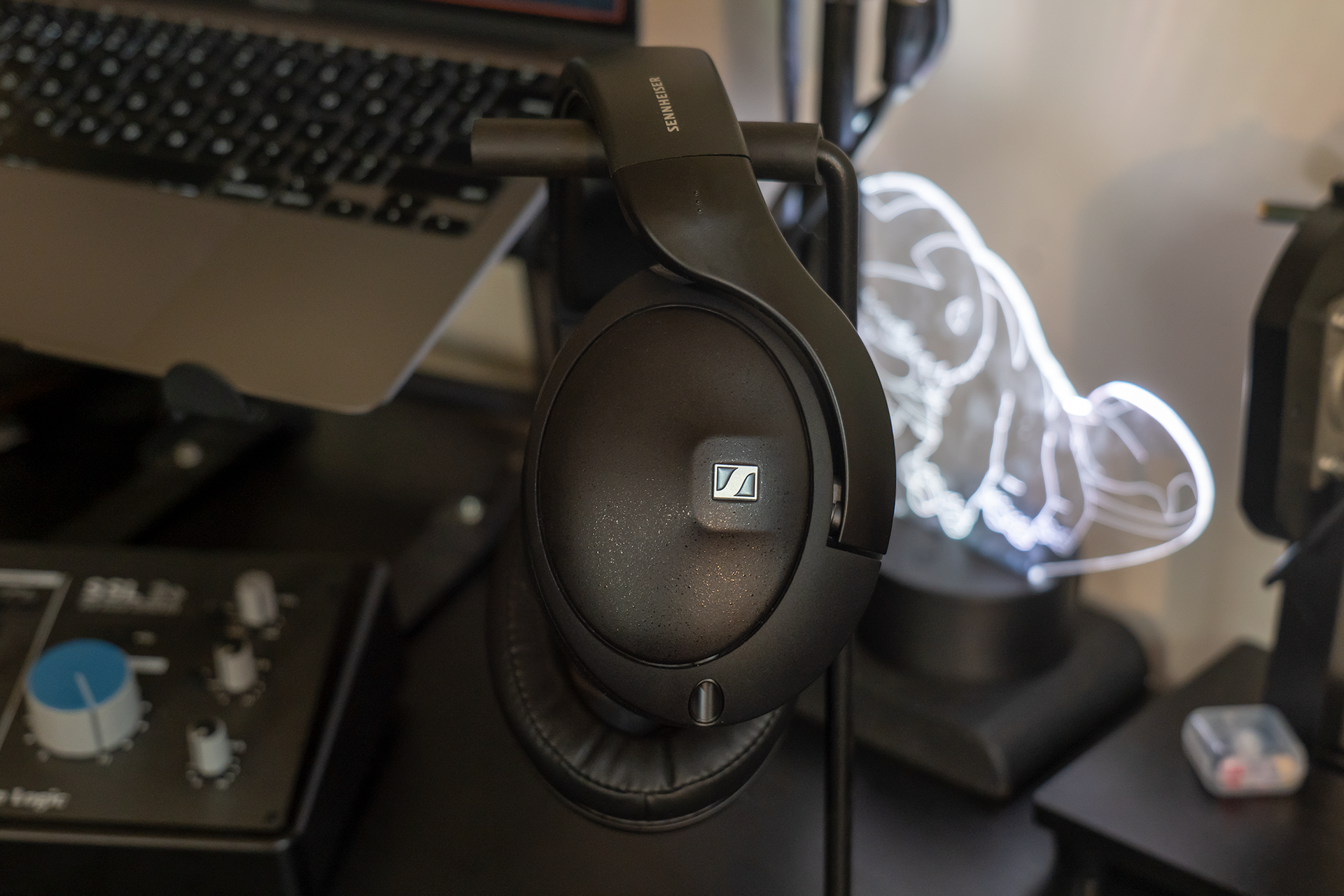
Conclusion
Overall I was pretty surprised with the HD 620S. I wouldn’t say it’s what I would choose for a closed back headphone at my current juncture, but I think it ended up being a pretty safe recommendation… compared to its contemporaries.
To that point, really needs to be said: the closed back headphone market is so unilaterally poor that I really find it hard to think of what passive closed back headphone I’d recommend over HD 620S at this price. And unfortunately that’s not because HD 620S is an incredible headphone, but it might legitimately be one of the least bad ones that’s been released in a while.
It’s certainly not going to be my recommendation for those looking for excellence in any of the subjective qualities like dynamics, soundstage, detail, etc., and I’m not quite sure I’d recommend it over a well tuned IEM in this price range like the DUNU Da Vinci or Moondrop DUSK (with EQ). But I think if someone wants a closed back in the $300 price range, HD 620S is well-tuned enough and comfortable enough that I won’t feel too bad about recommending it.
And to that end, I think HD 620S actually does earn its spot in the 6 series. Certainly more than any of the 660S series headphones ever did. Could it be better tuned? Probably. Could it be more comfortable? Definitely. Could it be more “technical”? Sure. But in the game of compromises that is the closed back headphone market, I think we need to acknowledge when a step forward has been taken, even if trade offs were made along the way, and the HD 620S certainly feels like a tangible—if moderate—step forward.
Thanks for reading. If you have any questions or want to chat about this article, feel free to ping me in our Discord channel or start a discussion below on our forum, both places being where you can find me and a bunch of other headphone and IEM enthusiasts hanging out and talking about stuff like this. Thanks so much for reading. Until next time!

